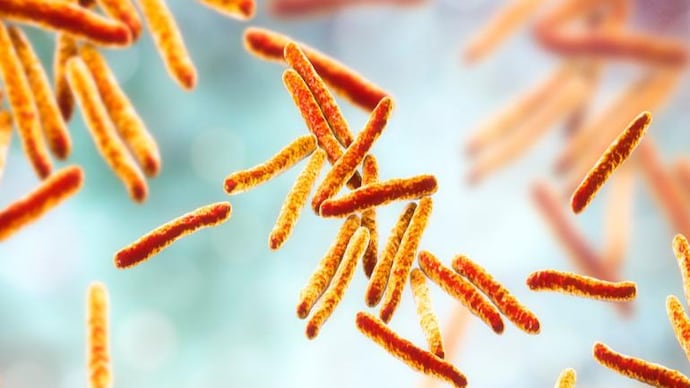Oxford University researchers reveal new treatment for Tuberculosis
New analysis of the structure and function of the naturally-occurring antimicrobial agent tunicamycin has revealed ways to produce new, safe antibiotics for Mycobacterium tuberculosis and other disease-causing bacteria.

New analysis of the structure and function of the naturally-occurring antimicrobial agent tunicamycin has revealed ways to produce new, safe antibiotics for Mycobacterium tuberculosis and other disease-causing bacteria.
What is Tunicamycin?
Tunicamycin is an antibiotic produced by several types of bacteria, but it is unsuitable for use in humans because it is also toxic to animal cells.
In a new study, researchers from the University of Oxford's Department of Chemistry and the Structural Genomics Consortium, along with collaborators at the John Innes Institute and at the NIH in Bethesda, examined the mechanism behind Tunicamycin's toxicity and found that it acted upon a gene called DPAGT1, which is responsible for producing an enzyme involved in glycoprotein biosynthesis.
This is a gene that occasionally mutates, leading to rare genetic diseases.
By studying the interaction of Tunicamycin, with this protein, the team was able to understand how it acts upon cells.
The researchers also altered its structure to create new analogues of the antibiotic, several of which were effective in treating Tuberculosis (TB) in mice, while also being less toxic than other drugs currently used to treat the disease.
Professor Ben Davis of Oxford University's Department of Chemistry said: 'TB poses a growing threat as our arsenal of drugs to treat it is rapidly running out. An exciting outcome from this work is the development of a promising new class of antimicrobial drug.
This research represents a really beautiful synergy of the striking structural biology of a key human enzyme and the redesign of one of the most famous natural products in science, now redesigned to make a new family of antibiotics for TB.'
About Tuberculosis
Tuberculosis is a disease caused by the bacterium Mycobacterium tuberculosis, which causes around 1.3 million deaths each year globally. The vast majority of deaths occur in developing countries where poor sanitation and access to healthcare compound the problem.
In 2012, around 8.6 million people diagnosed with TB and 1.3 million died from the disease, mostly in the Third World (countries of Africa, Asia and Latin America)

Tuberculosis and India
India has approximately two to three million people infected with TB. The disease remains one of the largest on India's health and wellness scale.
India is the highest TB burden country with WHO statistics for 2011 giving an estimated incidence figure of 2.2 million cases of TB for India out of a global incidence of 8.7 million cases.
Within India, the Journal, using government data obtained through the Right to Information Act, has reported that India's drug-resistance rate is likely to be much higher than the 2 to 3 per cent of TB cases reported to the WHO.
India faces an estimated economic loss of 100 million dollars annually directly due to this disease.
Antibiotic resistance is becoming a significant problem with TB as many strains of the disease are becoming resistant to a range of the drugs available, and some strains resistant to all of them.
Dr Elisabeth Carpenter of the Structural Genomics Consortium and Oxford University's Nuffield Department of Medicine said: 'This study demonstrates the benefits of collaborative research between teams with different specialisms in approaching problems from two sides simultaneously.
In the future, being able to design new drugs in a way that ensures their lower toxicity compared with rivals represents a real game-changer in the search for new treatments.'
Also read | World TB Day 2015 observed with theme 'Reach, Treat, Cure Everyone'
Also read | World TB Day 2017: The disease that kills 5,00,000 Indians every year
Interested in General Knowledge and Current Affairs? Click here to stay informed and know what is happening around the world with our G.K. and Current Affairs section.
To get more updates on Current Affairs, send in your query by mail to education.intoday@gmail.com
